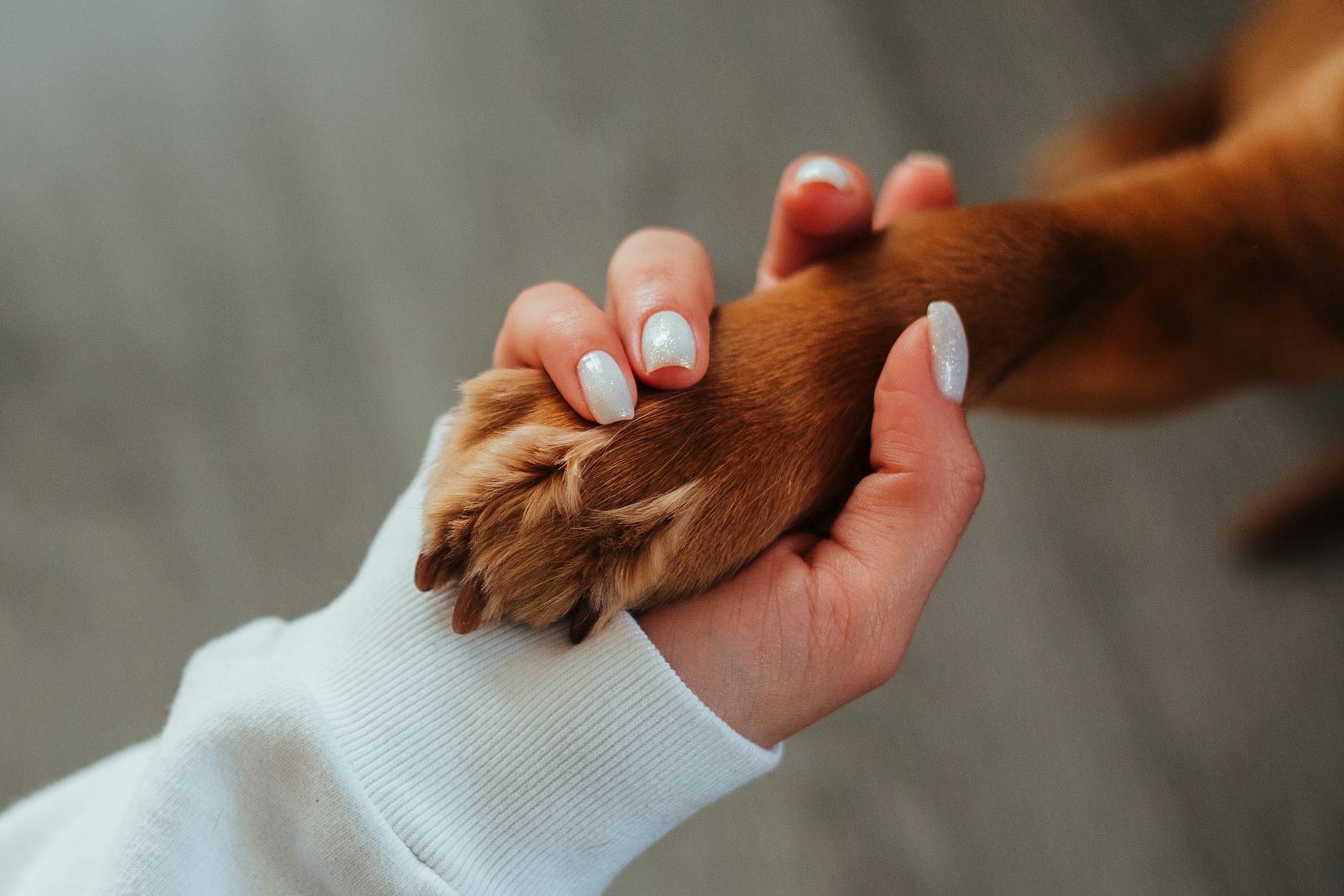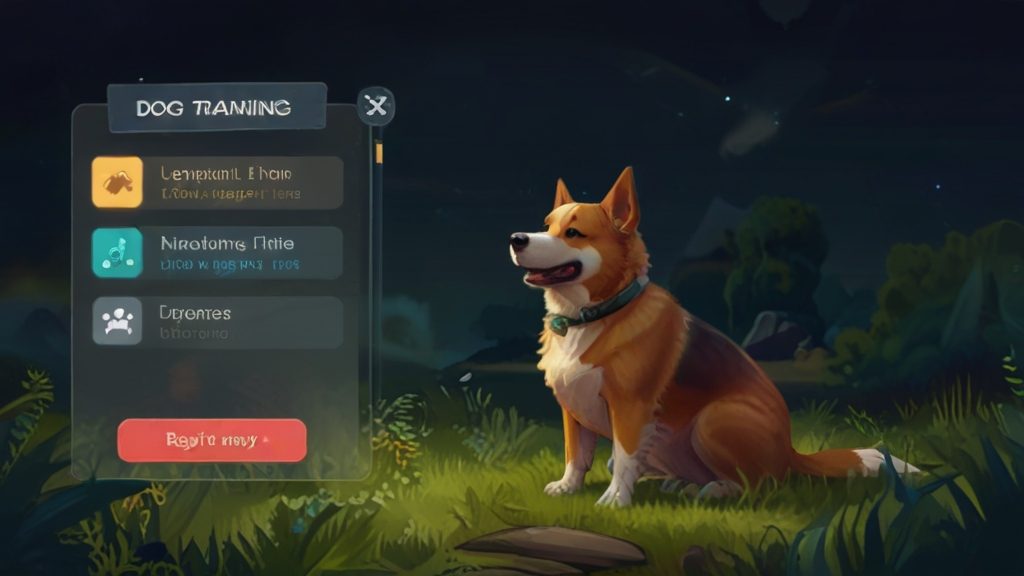Unlock the secret to unleashing your puppy’s full potential with this essential guide to effective dog training methods.

Image courtesy of Ivan Babydov via Pexels
Table of Contents
Welcome to the wonderful world of dog training! Whether you have a brand-new puppy or an older dog who needs some obedience training, this ultimate guide is here to help you get started. Training your dog is not only important for their behavior but also for strengthening the bond between you and your furry companion.
Understanding Your Dog
Before diving into training techniques, it’s crucial to understand your dog’s unique personality and breed characteristics. Different breeds have different needs and instincts, so take the time to research and learn about what makes your dog tick. Building a strong bond with your dog through trust and communication will set the foundation for successful training.
Basic Training Techniques
When it comes to training your dog, positive reinforcement is key. Rewarding good behavior with treats, praise, and affection will encourage your dog to repeat those behaviors. Avoid punishment-based methods, as they can create fear and erode the trust between you and your dog. Start with teaching essential commands such as sit, stay, come, and leave it. Practice these commands consistently and patiently.
Crate Training
Crate training can be a valuable tool for potty training and giving your dog a secure space of their own. Introduce your dog to the crate gradually, making it a positive experience with treats and toys. Remember that the crate should never be used as a punishment but rather as a safe haven for your dog to retreat to when needed.
Socialization and Obedience
Socializing your dog with other animals, humans, and different environments is crucial for their development. Expose your dog to new experiences in a positive and controlled manner to prevent fear and aggression. In addition to socialization, focus on obedience training for walking on a leash, greeting guests politely, and maintaining focus amidst distractions.
Troubleshooting Common Behavior Issues
As you progress with training, you may encounter common behavior issues such as chewing, barking, and jumping. Address these problems with patience and consistency, using positive reinforcement to guide your dog towards better behaviors. If your dog shows signs of fear, anxiety, or aggression, seek the help of a professional trainer to address these issues effectively.
Advanced Training Techniques
Once your dog has mastered basic commands, you can move on to teaching more advanced tricks and behaviors. From agility training to scent work, there are endless possibilities to challenge and engage your dog’s mind. Consider enrolling in obedience classes or working with a professional trainer to fine-tune your dog’s skills.
Maintaining Consistency and Patience
Consistency is key in dog training. Stick to a routine and set clear expectations for your dog to follow. Remember that training takes time and effort, so be patient with your dog as they learn and grow. Whenever you feel frustrated or overwhelmed, take a step back, breathe, and approach training with a calm and positive mindset.
Conclusion
Training your dog is a rewarding journey that will strengthen your bond and create a well-behaved companion. By understanding your dog, using positive reinforcement, and maintaining patience and consistency, you can set your furry friend up for success. Remember, every dog is unique, so tailor your training approach to suit their individual needs and quirks. With time, dedication, and a lot of puppy love, you’ll be amazed at what you and your dog can achieve together. Happy training!











